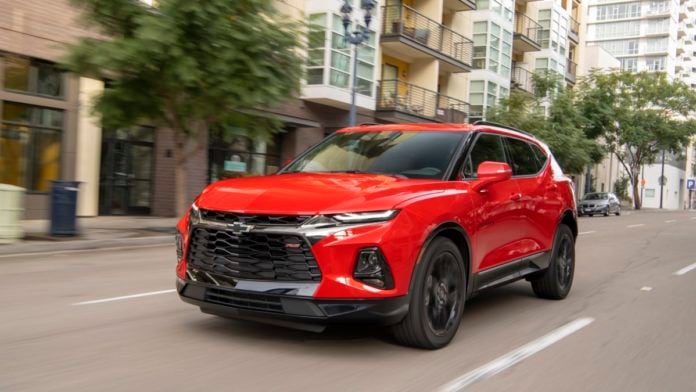We’ve been on a pretty long hiatus from our friend the Chevy Blazer, but fans aren’t surprised that Chevy’s chosen to bring back this SUV for 2019.
We’ve already seen how Toyota brought the Supra back, and Ford has again appeased Bronco fans. So why not bring the Blazer back to its former glory?
However, the 2019 Chevy Blazer isn’t going to be what Blazer fans who reminisce about the vehicle remember. With GM trying to cater to crossover buyers, it re-did the Blazer with the modern American in mind. Here’s what the Blazer brings to the table.
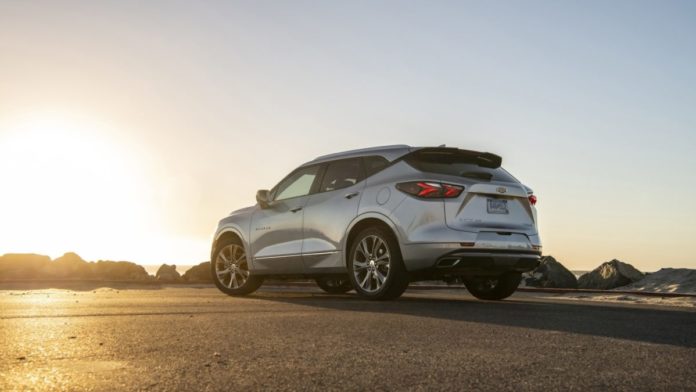
Chevy’s engineers started with the exterior styling and worked around that. The 2019 Chevy Blazer is built on the same platform as GMC’s Acadia, albeit 40 mm wider and an inch lower to the ground. However, the Blazer truly is its own car—it brings a similar width of the Chevy Traverse and the length of the Chevy Equinox to its shape. Think wide but short.
Perhaps what’s most noteworthy about this newly resurrected crossover, and the thing people will notice first, is that its front-end borrows some major details from the Camaro, which certainly amps up its appeal to buyers contemplating the Blazer over other Chevy crossovers.
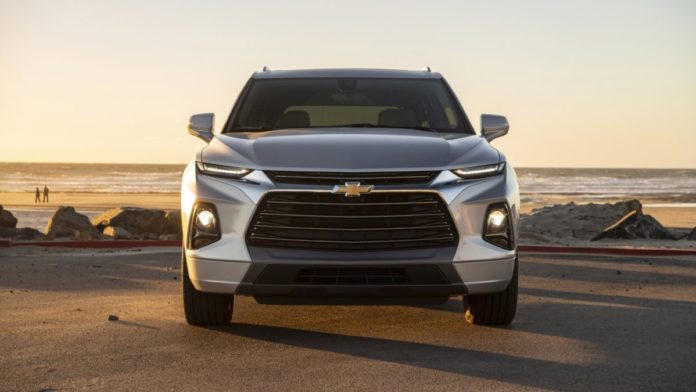
However, don’t expect to find Camaro performance beneath the hood, despite the Blazer’s looks. Chevy fans have the option of going with the 193 horsepower base model or the 308 horsepower V6, which comes with a bigger price tag.
Chevy engineers looked to remedy the problem of the high center of gravity that’s commonplace in SUV crossovers like the Blazer. The Blazer features torque vectoring to help maneuver tight turns and a dual-clutch rear differential. Additional improvements in the RS trim give the Blazer more compression control and a better steering ratio, although this trim level is pricier.
The 2019 Blazer is featured in some sharp colors to appeal to buyers who are drawn in by its Camaro-like grille—think Red Hot with jet-black interior and metallic paints such as Kinetic Blue, Sunlit Bronze, and Nightfall Gray.
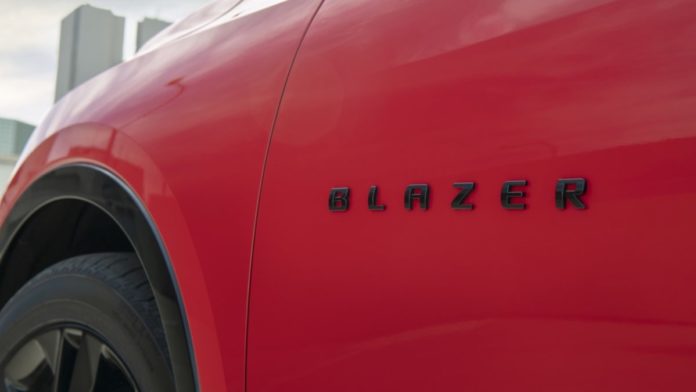
Safety tech includes adaptive cruise control and lane-keeping assist, precautions that keep the Chevy’s control mostly in the driver’s hands and doesn’t feel quite as intrusive as other SUVs.
The cargo space allows Blazer owners to fold the rear seats down without ever opening the passenger doors. Chevy incorporated as much storage into this crossover as they could, providing a divider for cargo and additional compartments in both front doors.
Buyers of the Blazer will have the option for 2WD or to switch to AWD in addition to a towing package that gives this crossover 4,500 pounds of towing capacity. Compare this to the base model which can tow only 1,500 pounds.
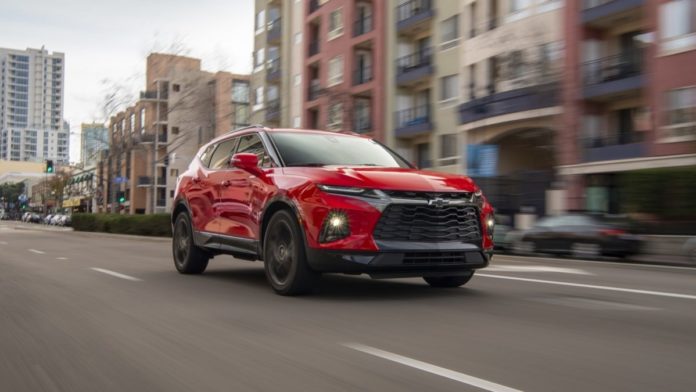
Chevy fans who expect more bang for their buck may balk at the price—a loaded version of the Blazer could cost near $50,000, which is putting it in the playing field with Acura and Mercedes SUVs of similar size, and testers are saying the interior just doesn’t compare to other vehicles with this same price tag.
Even though the Blazer is considered a mid-size crossover, we have to remember that it borrows design features from the Camaro, which makes headroom questionable and legroom comparable to smaller SUVs.
Will original Blazer fans love this new crossover? Chevy sure appears to hope so. By updating the Blazer’s looks in some snazzy colors, Chevy’s aiming to deliver a sharp-looking crossover to the US market—but for its pricing options, they might just fall short.
Source: PopularMechanics.com
Photo Credit: Autoblog.com
